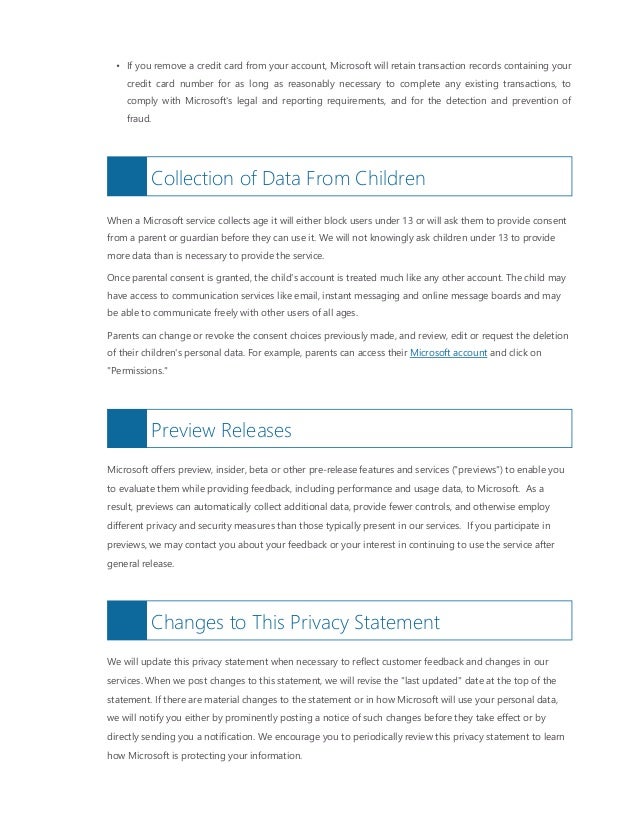
- One drive microsoft property edit legal hash portable#
- One drive microsoft property edit legal hash Pc#
The authentication subsystem types allow you to integrate Content Services with the authentication servers in your environment. Provide authentication functions for the FTP protocol. Provide form or SSO-based login functions for the following: * web client Wraps the authentication component and DAO with higher-level functions.Īllows Content Services to obtain user attributes, such as email address, organization, and groups automatically. For example, the ability to create a user. Handles the specifics of talking to the back-end authentication system.ĭecides what user management functions are allowed, if any. There are a number of main components in an authentication subsystem.
One drive microsoft property edit legal hash Pc#
As a workaround, a PC user should use SAML to login to Content Services before mapping the drive, otherwise the map request may fail.

to either /alfresco/webdav or /alfresco/aos endpoints. SAML Single Sign On is not fully implemented when mapping a PC network drive over WebDAV, i.e. Important: SAML Single Sign On can be used for Content Services and Alfresco Office Services. See External authentication and SSO for more information. Important: Support for Microsoft Office depends on the authentication mechanism provided by the external subsystem. TypeĪuthentication and user registry export through the LDAP protocol (for example, OpenLDAP)Īuthentication and user registry export from Active Directory through the LDAP protocolĪuthentication using an external SSO mechanismĪuthentication using the Identity ServiceĪuthentication through the SAML open standard The following table shows the authentication subsystem types supplied and the optional features they support. These are each identified by a unique type name. Authentication subsystem typesĪ number of alternative authentication subsystem types exist for the most commonly used authentication protocols. For this reason, Content Services targets these ‘direct’ authentication functions at the first member of the authentication chain that has them enabled. This is a restriction imposed by the authentication protocols themselves. Note: Some authentication functions can only be targeted at a single subsystem instance in the authentication chain.
One drive microsoft property edit legal hash portable#
The alfresco.war file is a portable unit of deployment. The web.xml file uses generic filters that call into the authentication subsystem. There is no need to edit the web.xml file.

There is no need to specify the same parameters to different components in multiple configuration files.


 0 kommentar(er)
0 kommentar(er)
